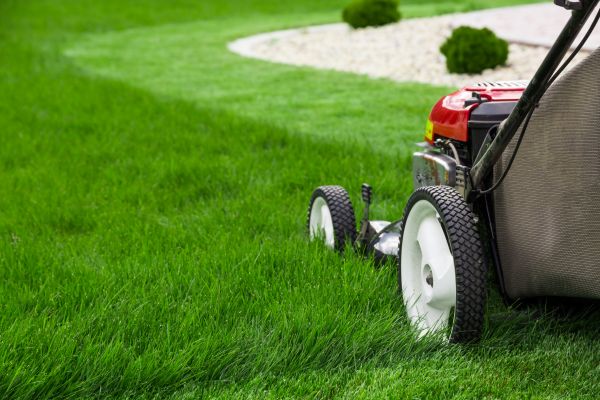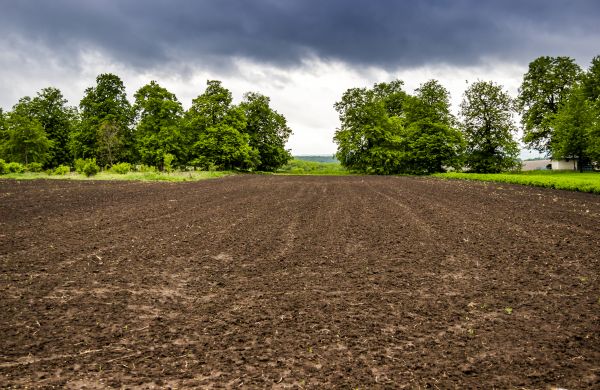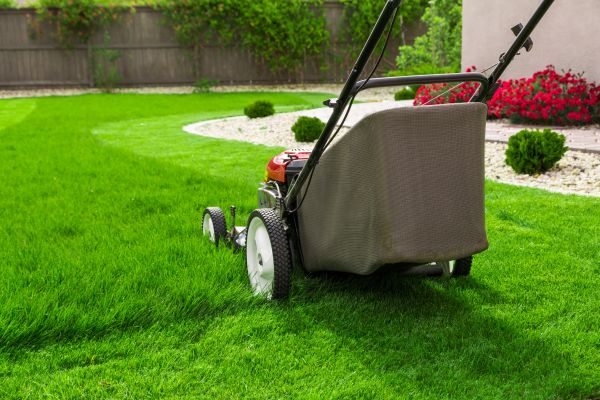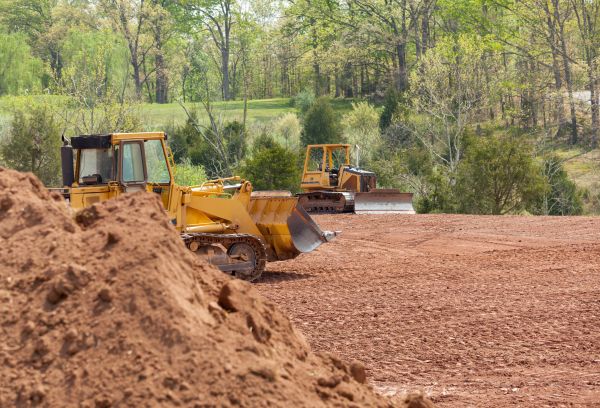Pasture Mowing Service
Affordable Pasture Mowing
Pasture mowing is a crucial agricultural practice that involves cutting down the overgrown vegetation in grazing fields to maintain a healthy and productive pasture ecosystem. This process helps in managing weeds, promoting the growth of desirable forage species, and ensuring that livestock have access to nutritious and palatable feed. Regular mowing can prevent the dominance of invasive species, reduce fire hazards, and improve the overall aesthetic and functional quality of the pasture. By maintaining an optimal sward height, pasture mowing supports sustainable land management and enhances the productivity of the farm.
Benefits of Pasture Mowing
-
Weed Control
Regular mowing helps control the spread of unwanted weeds by cutting them down before they can seed. This practice reduces competition for resources between weeds and desirable forage plants, ensuring that the latter have enough nutrients, sunlight, and space to thrive. Effective weed management through mowing can lead to a more productive pasture, as it allows for a higher density of nutritious grasses and legumes. -
Improved Forage Quality
Mowing encourages the growth of young, tender shoots that are more palatable and nutritious for livestock. By removing old, tough, and unpalatable plant material, mowing can enhance the quality of forage available to grazing animals. This not only improves the health and productivity of the livestock but also maximizes the efficiency of the pasture as a food resource. -
Enhanced Pasture Health
Mowing helps maintain an optimal sward height, which is crucial for the health of the pasture ecosystem. It promotes even growth and allows sunlight to penetrate the canopy, reducing the risk of fungal diseases and improving air circulation. A well-maintained pasture is more resilient to environmental stresses and can recover quickly from grazing pressure. -
Aesthetic and Functional Improvement
Beyond the practical benefits, regular mowing improves the visual appeal of a pasture. A well-manicured field can enhance the overall look of a farm, contributing to its aesthetic value. Additionally, a neatly mowed pasture is easier to navigate, whether for livestock, farm machinery, or foot traffic, improving the functionality of the land.
FAQs About Pasture Mowing
How often should pasture mowing be done?
The frequency of pasture mowing depends on several factors, including the growth rate of the vegetation, the type of forage species present, and the specific goals of the land management strategy. Generally, mowing is recommended every 4-6 weeks during the growing season.
What equipment is typically used for pasture mowing?
Pasture mowing is commonly performed using rotary mowers, flail mowers, or sickle bar mowers attached to tractors. The choice of equipment depends on the size of the pasture, the type of vegetation, and the desired finish.
Can pasture mowing help with pest management?
Yes, mowing can help manage certain pests by disrupting their habitat and lifecycle. By keeping the vegetation at an optimal height, mowing reduces the cover and breeding grounds for pests such as rodents and insects.
Is pasture mowing environmentally friendly?
When done correctly, pasture mowing is environmentally friendly as it promotes biodiversity, prevents soil erosion, and supports sustainable land use practices. It is important to balance mowing with other conservation practices to maintain ecological health.
Fill out the contact form today to request professional Pasture Mowing services and enjoy the numerous benefits of a well-maintained pasture. Enhance forage quality, control weeds, and improve the overall health of your grazing fields with expert care.




